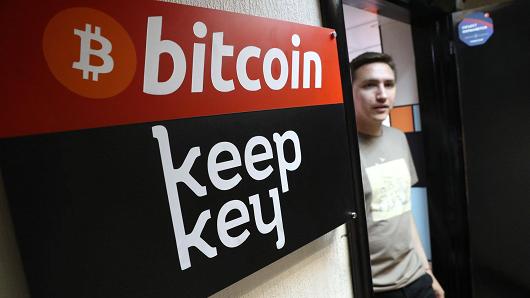Risk is inherent in every aspect of life. Read this guide to learn how to upgrade your cryptocurrency investment skills using a risk-informed decision-making process.
My father always used to say to me,
What’s the worst that can happen, and are you prepared for it? What is your plan?
I’ve always been a big outdoorsman, and I’m an engineer by profession. Thinking “what’s the worst that can happen, and are you prepared for it?” is how I live my entire life. What it’s really talking about is risk mitigation, and the importance of having a solid plan.
Risk is inherent in every aspect of life. You risk your life every time you get in a car (car accident), walk down the sidewalk (getting hit in the head with a meteor), and visit the gas station (freak gasoline accident such as the one depicted in Zoolander). I make just about every decision in my personal and professional life with these concerns in mind. I also invest with a risk-informed decision-making process, and if you aren’t already doing the same, you should start.
Start by asking and answering 3 fundamental questions:
- What is the probability of that event occurring? (Meteor on head versus, say, a fender bender, kid getting sick, or your spouse losing their job)
- What is the consequence of that event happening, and what would be your mitigating actions based on the consequence of that event? (Wearing meteor-resistant helmet, having health insurance, or having some money saved up and accessible)
- Do the possible mitigating actions that you could take make a difference, based on the nature of the event and the way it will play out? Sometimes the mitigating actions wouldn’t even help in the big picture of things. Sometimes the actions themselves will expose you to new risks.
Once you ask and answer all those questions, you can decide if an event is worth being prepared for and having a plan to mitigate it. Failure to ask those questions — especially the last one — is what leads survivalist-minded folks to prepare for some silly things like nuclear winter, a rampant viral outbreak, or the zombie apocalypse.
For example, me personally, am I prepared for a meteor impact or massive nuclear detonation? Not really. Should I build an underground bunker to mitigate against those events? Not really. This falls into the category of “do my mitigating actions even matter?”
If a nuke was detonated close enough to me that the bunker would be my only chance of survival, then I probably wouldn’t be able to exit the bunker within my lifetime (let alone before I run out of food), so what’s the point?
However, can I mitigate against a 10-day snowstorm that prevents me from buying food? Sure. Can I mitigate against my wife and me losing our jobs? Sure. Can I mitigate against the cryptocurrency market crashing? Sure. So let’s do those things first. Once we’re set, then we can look at making an underground fortress.
In order to formulate a plan on how we are going to spent an asset (time, money, etc.), we need to think about risk.
Always think, what is the probability of occurrence of the event? What are the consequences? Multiply those 2 numbers together, and that’s your risk. Now, based on your risk, develop mitigating actions. Now assess the mitigating actions for effectiveness and exposure to new risk. Take this method and apply it to everything in your life. It sounds onerous, but once you get used to doing it, it can be done very quickly.
Source/More: Investment Risk Management: How To Approach Cryptocurrency Investing – Invest in Blockchain








![Monthly Cryptocurrency Market Analysis [July 2018] | CoinSpeaker](http://ec2-35-172-7-154.compute-1.amazonaws.com/wp-content/uploads/2018/08/cryptocurrency-market-analysis-8.jpg)






